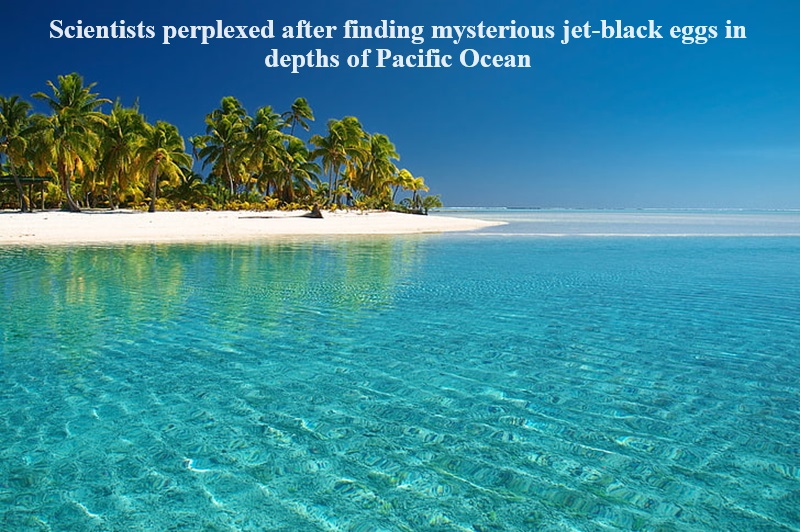
Exploring the ocean’s deepest realms poses considerable challenges for humans, with the deepest recorded dive reaching a modest 332.35 meters without specialized equipment. Despite these constraints, some remarkable creatures not only survive but thrive thousands of feet below the surface, enduring extreme pressure, minimal light, and freezing temperatures.
In an extraordinary achievement, Dr. Kano piloted a remote-operated vehicle (ROV) into the depths of the Kuril-Kamchatka Trench, where a breathtaking discovery awaited at the staggering depth of 6,200 meters. The ROV captured images of jet-black eggs in this abyssal environment, challenging our understanding of life in the deepest oceanic trenches.
This discovery is particularly noteworthy due to the near-total darkness of the trench. Dr. Kano successfully retrieved the enigmatic black eggs, paving the way for an unprecedented exploration of these mysterious depths.
The mysterious black eggs initially stumped scientists, with Dr. Keiichi Kakui of Hokkaido University speculating they might belong to protists, a family of unicellular organisms. However, further examination revealed a milky liquid within the eggs. Delicate white bodies were extracted, leading Kakui to identify the mysterious black balls as the cocoons of flatworms, scientifically known as platyhelminths. This revelation astonished researchers, shedding light on the unexpected biodiversity thriving in the deepest reaches of the ocean.
In a historic breakthrough, analysis at Hokkaido University Museum confirmed the nature of the discovery, with four intact egg capsules and the remains of flatworms extracted from the abyssal depths. This finding opens new avenues for understanding the unique adaptations of life in extreme environments and highlights the remarkable resilience of organisms in the deepest trenches of the ocean.

Post Your Comments